Sacred Grove Database (India)
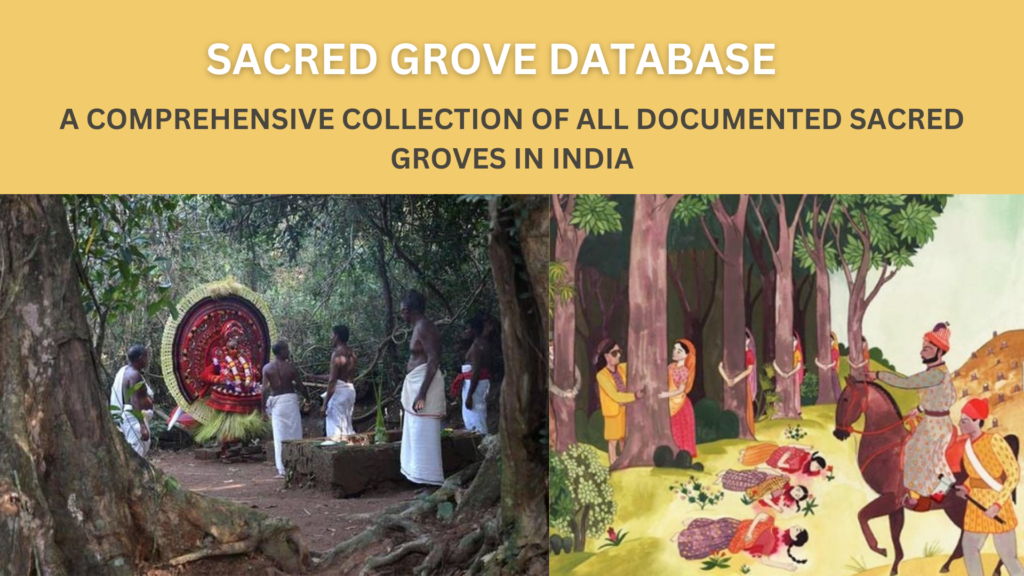
We have envisioned this database to be citizen science initiative. invite you all to contribute information to make it more robust. You can write to us on info@sacredearthtrust and also join our telegram group - https://t.me/+XG4vcuHFCAgxZDdl
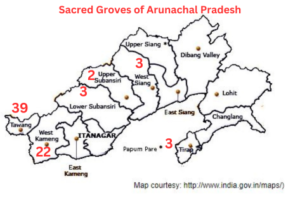
Andhra Pradesh, is reported to harbor 975 documented sacred groves as per our literature review. One of the districts in Southern Andhra Pradesh, Kurnool is currently known to have over 184 sacred groves . The sacred groves in the state were referred to as Pavithravanaalu (Rao et al. 2001)The sacred groves of Southern Andhra Pradesh have immense significance as the region covers a center of plant diversity, viz., the Nallamalais, and an endemic center, the Tirupathi – Kadapa hills (also referred to as the Seshachalam hills). A total of 100 major groves have been recorded from the Southern Andhra Pradesh region, and together they are home to about 1100 wild and naturalized vascular plant species (Rao 1998). Thimmamma Marrimanu – the largest banyan tree (Ficus benghalensis) in the world is seen in Anantapur district at Gooty Bailu village. Sriharikota sacred grove in Nellore district is another well-known grove of Andhra Pradesh. The legend states that there are half a million of Siva Lingams present in the island. The legend derived its strength from the words ‘arc’ (half) and cotti (crore). Nelapattu bird sanctuary in Nellore district is enlisted amongst the largest habitats of pelicans in Southeast Asia is also considered to be a sacred grove where the birds are believed to be celestial entities and are hence welcomed and protected. The major threats to the groves in the state include urbanization and extension of agricultural land.
https://eptrienvis.nic.in/All%20PDF%20Files/PUBLICATIONS/Eastern%20Ghat/41-Eastern%20Ghats,%2014(4)-2008.pdfhttps://www.researchgate.net/profile/MvBabu/publication/291274265_Sacred_groves_in_southern_eastern_ghats_India_Are_they_better/links/569f35a208ae2c638eb5b1a5/Sacred-groves-in-southern-eastern-ghats-India-Are-they-better.pdf
(https://www.researchgate.net/publication/303842180_biodiversity_conservation_of_nelapattu_bird_sanctury_nellore_d) (https://eptrienvis.nic.in/All%20PDF%20Files/PUBLICATIONS/Eastern%20Ghat/41-Eastern%20Ghats,%2014(4)-2008.pdf)
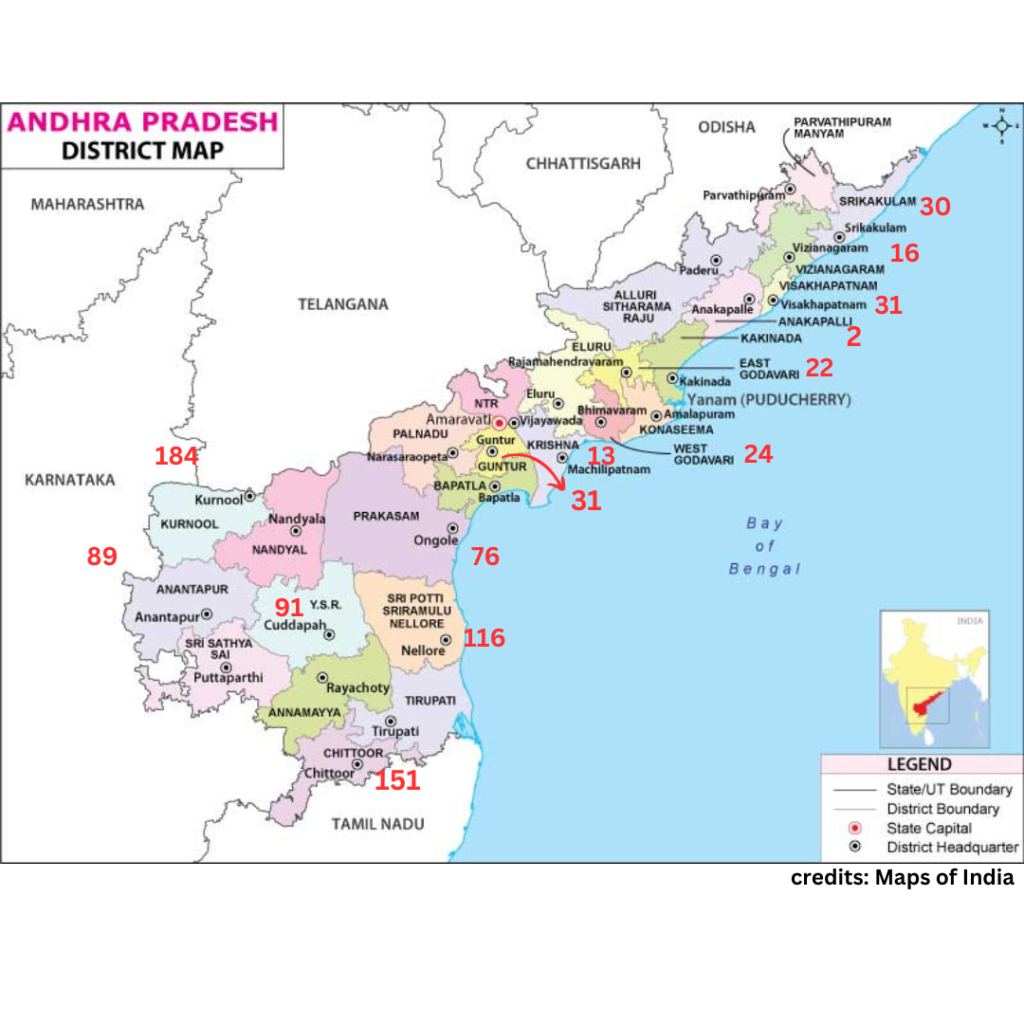
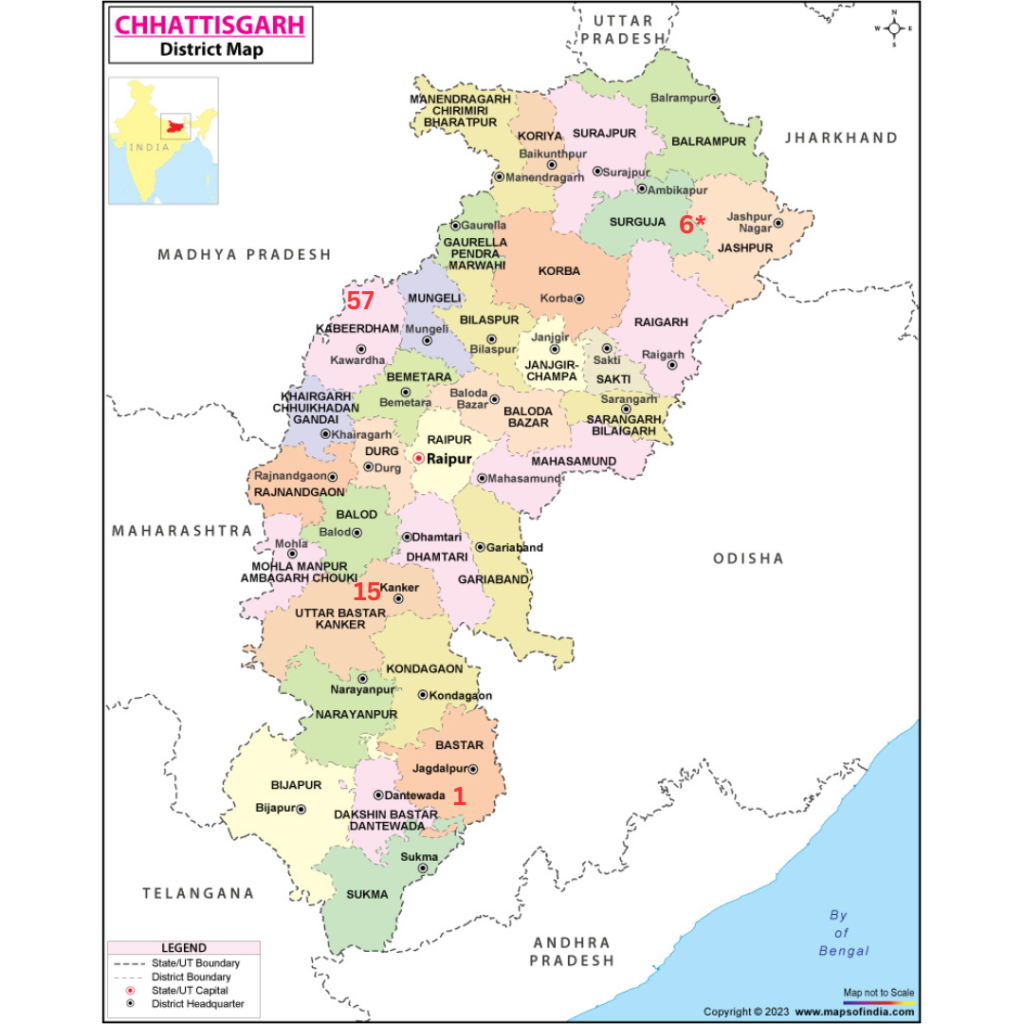
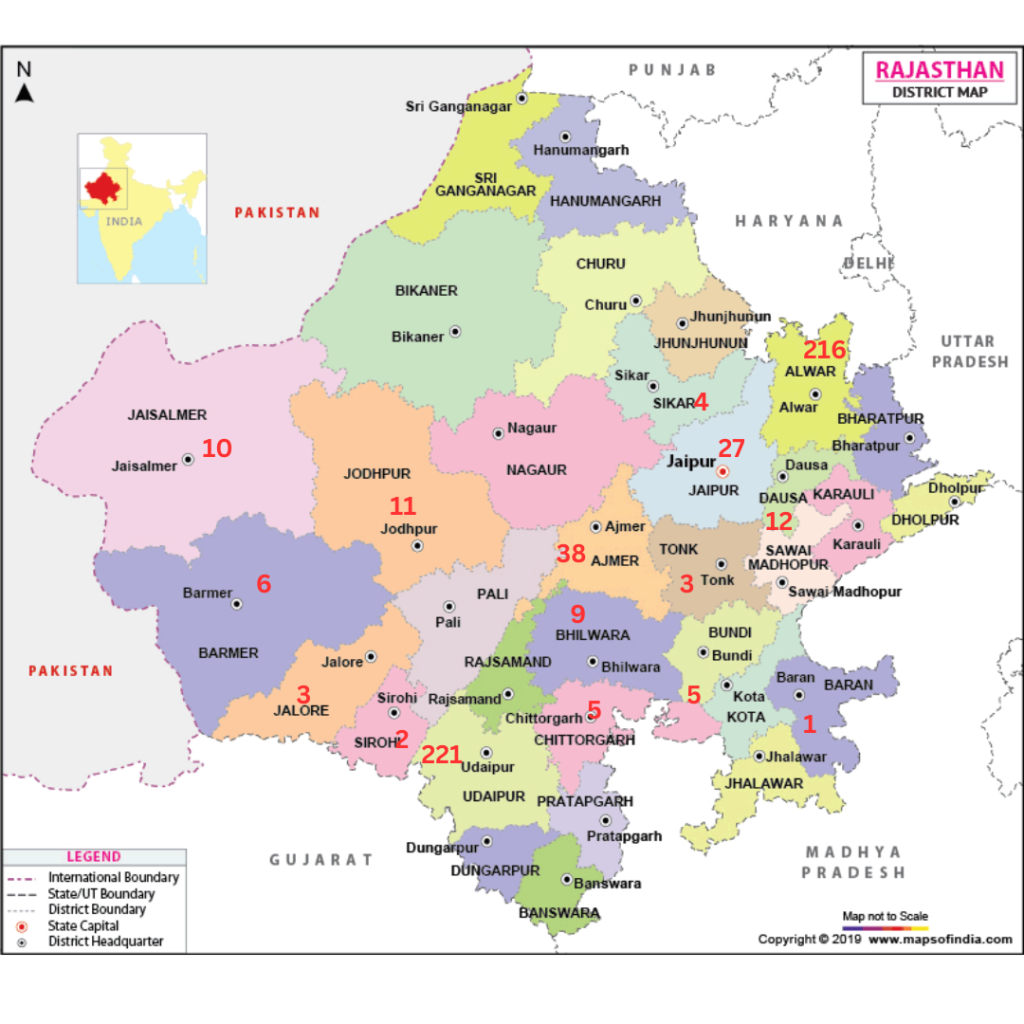
The commonly used term for sacred groves is Than or Madaico in Assam. The forest-dwelling tribes like Bodo and Rabha have tradition of Sacred Groves locally called Than. The Sacred Groves of the Dimasa tribe are called Madaico, the size is generally not more than an acre. Groves are also found in the plains of Brahmaputra in Assam. The Vaishnav monasteries like Shankaradeva maths distributed all over the State, also have Sacred Groves.The Dehing Patkai Sacred Grove is located in the Dehing Patkai Wildlife Sanctuary in Assam. It is believed to be a sacred grove of the Tai Ahom community and is home to several rare and endangered species of flora and fauna, including the Hoolock Gibbon. A total of 40 sacred groves can be found in Assam.
Unlike in many states, there is no generic name for Sacred Groves in Haryana. One of the most famous groves located in Haryana in the district of Faridabad is the Mangar Bani sacred grove. It is believed by the local community that the Gudariya Baba protects the naturally grown forests of Mangar from destruction, and any misuse of forest resources by the people will lead to the wrath of the Gudariya baba. People have gradually begun disbelieving in the faith of Gudariya Baba, which has led to, Increased cutting of trees for fuelwood and selling, Exploitation of endangered plant species for their medicinal and other uses, Over grazing of cattles inside the groves. Maximum intervention is found during melas in the temple, intruding the wildlife movement and polluting the grove region. Haryana is a state with the least percentage of forest cover therefore sacred groves are of vital importance.
In Jharkhand, sacred groves or sarnas are places of worship for Adivasis or indigenous communities.There are 12 types of sarnas, the most predominant being the baha or sarhul sarna. It is believed that worshipping it brings prosperity and wealth to the village. Other important sarnas are chandi sarna, mahadani sarna, keda sarna, bheda sarna and gumi sarna.. In the East Singhbhum district, home to the Santhal and Bhumij communities, these groves or patches of forests having several important tree species like Sal (Shorea robusta) and mahua (Madhuca longifolia) are known as jaherathan. During the spring festival of Sarhul observed by tribal communities across the state in April, the residents of Pawra offer worship inside the grove. On such an occasion, the Sal tree is worshipped.The strong beliefs show that sacred groves are much more than a patch of forest in Jharkhand. For tribals, sarnas are part of their cultural, social and ecological consciousness. In June-July, just before sowing paddy, the Mundas celebrate Batauli puja inside sarnas. The pahan or priest sows rice seeds a week before the puja and worships the saplings inside the sarna, invoking Singh bonga to ensure a good harvest. The three-day Sarhul festival, celebrated during the spring, is also woven around the sarna. Though cooking is allowed inside the grove during festivities, eating is strictly forbiddenAll these spring from a deep-seated reverence towards sarnas.
https://www.downtoearth.org.in/news/forests/inherent-faith-runs-deep-59412
Sacred groves are known as Saran or Dev or dev khera in Madhya Pradesh. Villagers protect these forest patched on the religious ground. 275 sacred groves have been reported in Madhya Pradesh (Srivastava, 1994). The Ishwar Baba sacred grove is located near Kalibel village in Aalirajpur district of western MP (Figure 1). The tribal communities of Aalirajpur district have been conserving these forest patches due to religious beliefs. There is a sacred pond ‘kamal talab’ located 2 km away from Oon.Local tribal and rural people believed that Brahma, Vishnu, Mahesh live in the flower and due to this sacred belief they do not collect Nymphaea nouchali Burm, Hydrilla verticillata (L.) Royle, Marsilea minuta and other aquatic plants hence traditionally conserved
Sacred groves in Himachal Pradesh are called (dev-van) or (Devta ka Jungle) are dedicated to a particular deity. Most of the groves are managed by the temple committee. The temple committee comprises of Kardar,Pujari,Bhandari and Gur. The kardar manages affairs, Pujari performs Puja and other rituals ,Gur is the spokes person of the Deity and bhandari looks after the store. Temples are usually located inside the sacred grove and are surrounded by thick forests, in some cases temples are either in the village or outside the sacred grove. However, the control of the Sacred groves lies with the Temple committee. Local myths and legends associated with the grove go a long way in preserving the forests, as the legends are associated with the establishment of the deity but no records are available as to when the sacred grove was established. No one is allowed to cut the trees or even extract dry leaves from the area, there are many groves in which human entry is also restricted. Orders given by the Gur are strictly followed by the community. The wood from the sacred grove is mainly used for maintenance of thee temple or as fuel for cooking community feast.
https://hpbiodiversity.gov.in/Pdf/Sacred%20groves%20of%20Himachal%20(Progress%20Report).pdf
In Bihar, the sacred groves are known as sarnas and are found mainly in the Chotanagpur region. It is believed that the sarnas came into existence around 600 BCE when the Munda tribals from Rohtasgarh settled there. Each tribal village has its own priest known as the pathan, the deuri, the naik, the kelo and so on. Each village has a sacred grove (saran) where worship is offered by the village priest and also a bachelors dormitory known as dhumkuria. The sarna may be defined as a grove of trees at least one of which is a sal tree (Shorea robusta). The grove is a sacred place where the religious rites are conducted by the pahun (priest). The totem animal or plant of the tribe is usually conserved here. Some of the plants in the sarnas are used for medicinal purposes and nowadays the tribal system of medicine is being revived. However, the saranas are not very large in size. Some of the sarnas are so small that they comprise of only 2 to 20 trees each. They usually consist of creepers, shrubs and grasses.
Religion plays an important part in the life of the tribals of Bihar. They worship supernatural beings in the belief that they will protect them from natural calamities, ensure the fertility of the soil, protect domestic animals and ensure a rich harvest. Though the tribals of Bihar comprise of both Christian and non-Christian tribes, religion is not a barrier in the common celebration of certain festivals. This is known as the saran dharma, which helps in forging a common identity among tribes of different religious denominations (Mitra and Pal, 1994)
One of the important tribes of Bihar are the Mundas who are polytheists and worship numerous deities and spirits. Singbhonga is their main deity. The spirits of the ancestors are called Orabongako. The house hold gods are known as Hatubongako and are regarded as guardians of the village and are invoked to ensure a good harvest and general economic prosperity. Another prominent tribe of the region is the Hos, whose village priest performs all the religious rituals on behalf of the community. The task of propitiating the evil spirits and deities is performed by the spirit doctor known as Deona* . An important tribal festival is sarhul which is celebrated by the Oraons, and the Mundas (also known as jaheras or jahera thans) and Santals and falls on the last day of Baisakh during the month of April. The sarhul which is celebrated to mark the flowering of the sal trees and Soharai which is celebrated after the rice harvest (Mitra, and Pal, 1994). Sarul literally means the worship of the sal tree, in other words it is the worship of nature in which people worship Dharti Mata as Sita. They also worship water, wind, plants and animals. During the festival, sal flowers are brought to the saran and the gods are propitiated. This festival is very similar to Vasant Mahostsava. The sarhul festival is celebrated by worshipping ancestors. Since women are prohibited from entering the sarana, the men go to the sarana to offer flowers and leaves along with Arwa rice, handia and three hens. On the first day, cooked Arwa rice is offered to the sarana and later eaten as prasad. On the second day, the pitcher is filled with handia and kept in front of the sarana and later taken as prasad**.
Not much information is available regarding the sacred groves (saranas) of Bihar as they are yet to be identified and documented.
file:///C:/Users/hp/Downloads/SacredgrovesofBihar.pdf
In Goa, sacred groves are known by various names such as Devrai, Devran or Pann. The best preserved sacred groves of Goa are situated in Keri village of Sattari.Nobody dares to disobey or defy these rules. Not a single leaf or dead wood, has been taken out of these groves for hundreds of years.90 sacred groves have been documented in the state. Durgah and Rashtroli are the deities to which the sacred groves are dedicated in Goa. Ceylon Oak, Red silk cotton tree, and Pipal tree are among the most commonly found plant species in the sacred groves. The tribes of Goa – Gavda, Kunbi, Velip and Dhangar-gouli – worship various forms of nature. They maintain the tradition of sacred cows, sacred goats, sacred banyan trees, sacred hills, sacred stones, sacred ponds and also sacred groves. A unique feature is the offering of terracotta animals in the groves.
https://cpreecenvis.nic.in/Database/SacredGrovesinGoa_881.aspx
Sacred groves are seen throughout Gujarat, in varied forms. They have come into being owing to various cultural practices and belief systems. 42 sacred groves have been documented in the state. Khodiyar mata, Oran Mata, Jhalai mata, Panch Krishna, Mahadev are some of the deities to whom these sacred groves are dedicated.The vegetation in the groves is highly varied viz. mangroves, fresh water swamps, or other tropical forest types. Cotton tree, Bengal quince, Neem, Mango, Flame of the forest, Sissoo, Thorny staff Tree, Banyan and Pipal are among the most commonly found plant species in the sacred groves.Sacred groves play an important role in the conservation of biodiversity, recharge of aquifers and soil conservation. The cutting and climbing of trees and removal of wood are strictly prohibited.
